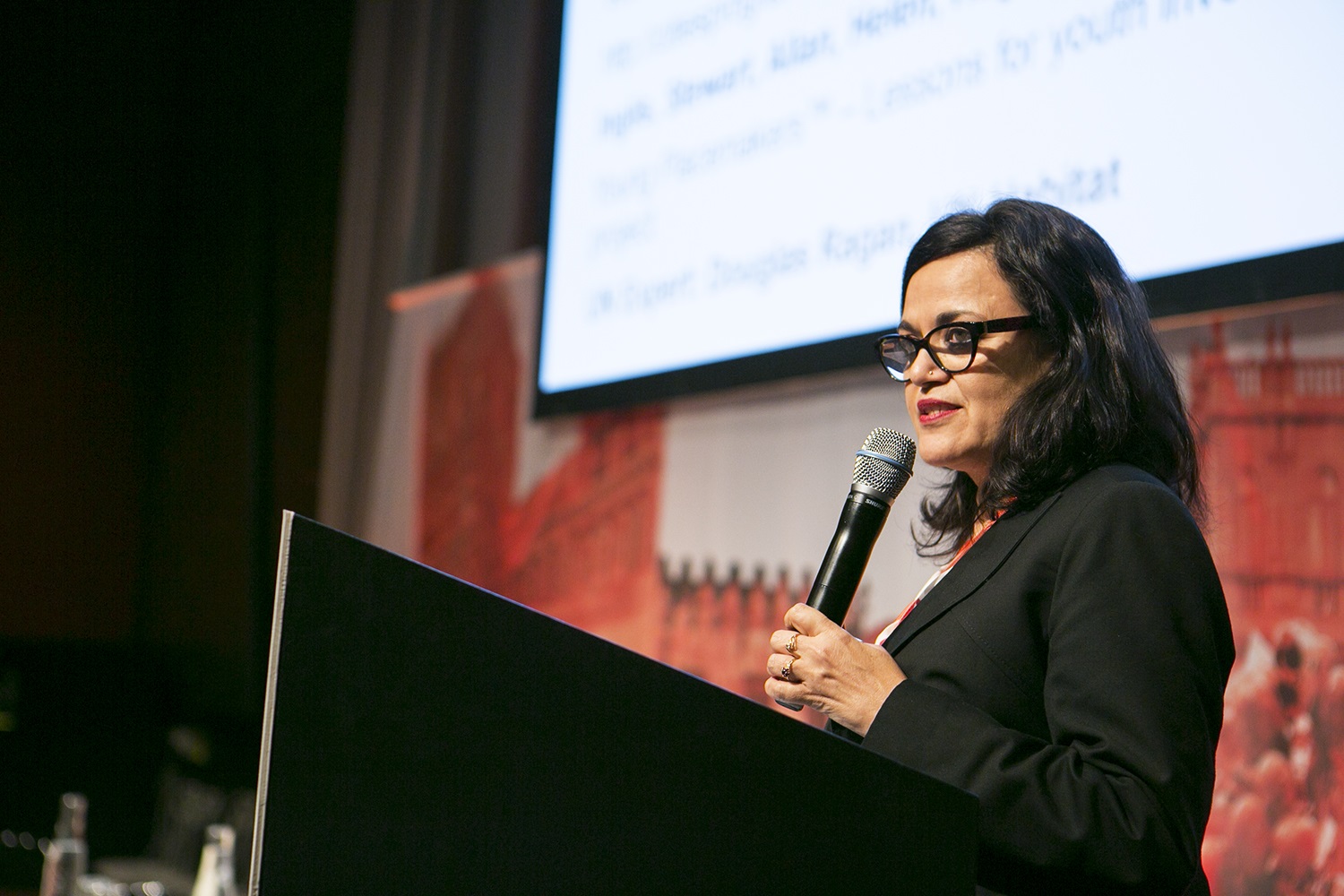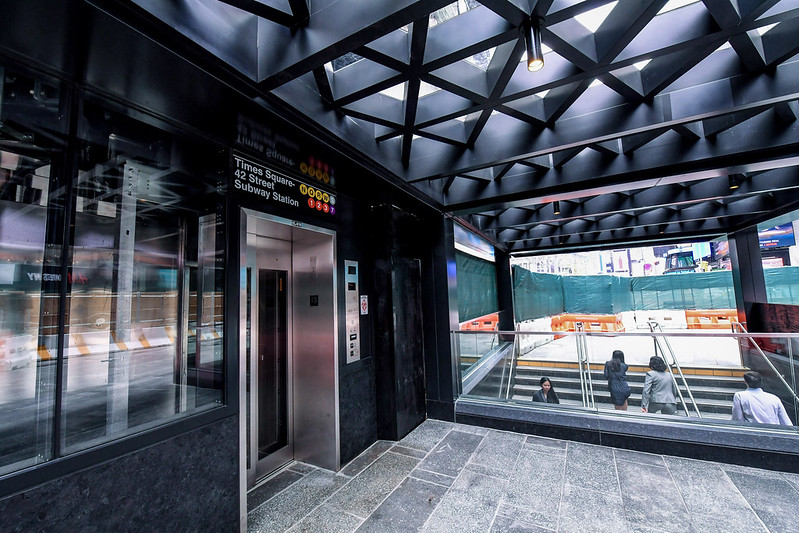
Photo: Joyati-Das-Bio-1
How youth and children are playing a role in Habitat III
30 June 2016
by Mythili Sampathkumar
Cities Today US reporter, Mythili Sampathkumar, spoke to Joyati Das, Senior Director for Urban Programs, World Vision International, co-Chair Children and Youth Constituent Group
What organisation are you representing and what is your role in the New Urban Agenda?
World Vision is committed to the needs of children for safer more prosperous, sustainable cities. The most important thing for us that is we understand and recognise while these amazing aspirations are signed off on the multilateral level…in the communities where we work, the ideas are not understood.
There is a lack of common understanding about what we are trying to achieve in the grassroots, smaller NGOs don’t have an understanding of the depth of thought and insight that goes into the process of developing a set of sustainable urban development policies. We want to make that gap smaller.
Why did you join the General Assembly of Partners (GAP)? How do you think it will help children and youth around the world?
We got elected to co-chair the group. It was practically mandatory to join GAP because it’s a shared platform for groups who are interested in specific thematic areas.
Most important for us as the Children and Youth group is driving the principle of complementarity. One group cannot do it all! No one city will have the solutions! It has to be the principle of mutuality, of common good to bring multidisciplinary skills, ideas, and competencies to drive the new urban agenda.
What are some of the pressing issues for your group in the New Urban Agenda?
First and foremost, we want [children and youth] to be equal partners in driving the new urban agenda. They are tomorrow’s future leaders. They are citizens of today yet the word ‘inclusion’ makes them look like they are in the periphery but they need to be included. [The] planet and cities we leave behind today will be their work and their inheritance.
What does that look like in cities?
We are holding and hosting roundtables for people to understand the aspirations of the New Urban Agenda. We are working with departments of education so we are reaching children through that established mechanism and where children are not in school we have community conversations going on to include those that are most marginalised and vulnerable.
For instance, in La Paz, Bolivia we formed youth groups within communities and train them about the constitution and their rights. As a result of that, thousands of youth came up with a Community Youth Group action plan which they shared with the La Paz city government. The mayor was so impressed that during the elections, he created two youth councillor positions at the municipal level.
In New Delhi, India we see it come into action through a safer cities initiative. We brought police and teenage girls together to make areas of the city safer. They feel confident and empowered, like they are taking charge of promoting safety in their own city through formal martial arts training, mapping street light outages, and teaching police why and how women and girls feel unsafe in the city.
What kinds of advantages do you see being part of the GAP group?
It’s creating a shared sense of common good because the governments can only do so much; resources are limited. The more we come together, the more we have joint action.
Now that the Zero Draft is out, what are your thoughts on it?
We really celebrate the Zero Draft because it is an aspirational document. It has about four or five places that mention children and youth. We have [flagged] some items for inclusion [and strengthening] like heightened vulnerability of children and youth when they first move to cities. According to World Vision, nearly 70 percent of people in African countries moving to cities end up in informal settlements on the peripheries of cities. That means member states are losing those people as assets, their skills, and a whole section of population is not counted–and they’re coming whether one likes it or not.
In these informal settlements, violence and crime are established fact and people ignore it. Children living in these fragile pockets of the city are ten times more affected by it. I would also like to see quality education, child labour, child trafficking, and safe spaces issues ….strengthened in the Zero Draft.











